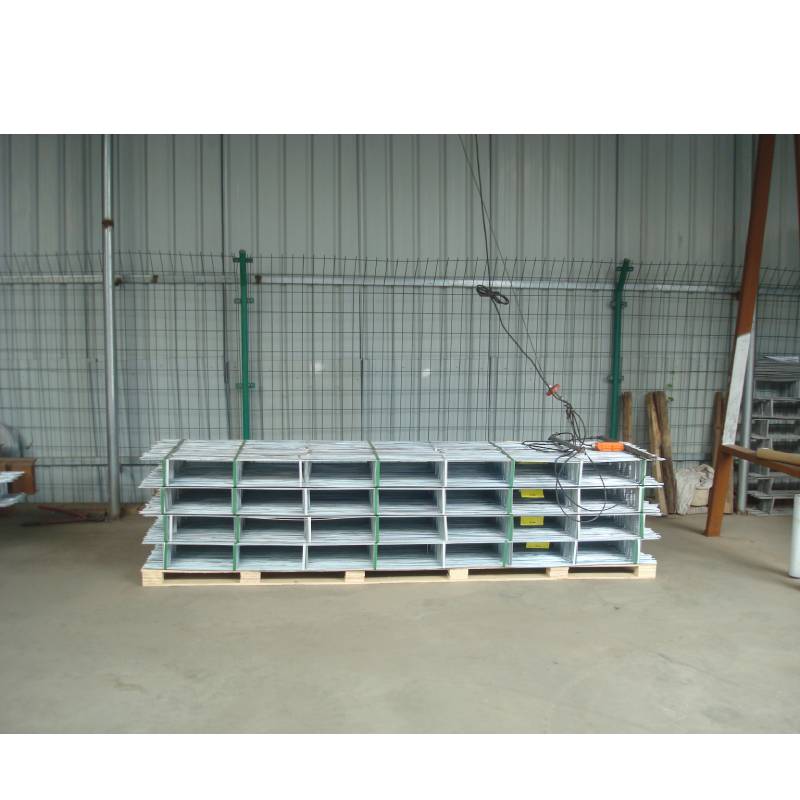
- Mobile Phone
- +8613931874955
- sales@cntcmetal.com
Innovative Solutions for Efficient Rebar Positioning in Construction Projects
Understanding Rebar Positioners An Essential Tool in Construction
In the realm of construction, precision and efficiency are paramount. Among the various tools that support these objectives, rebar positioners have emerged as essential devices, particularly in the reinforcement process of concrete structures. This article delves into the purpose, types, and benefits of rebar positioners, showcasing their critical role in modern construction practices.
What Are Rebar Positioners?
Rebar positioners are specialized tools designed to hold and position reinforcing bars (rebar) during the construction of concrete structures. Reinforcing bars improve the tensile strength of concrete, which on its own is strong in compression but weak in tension. Proper placement and alignment of rebar are crucial, as they directly influence the integrity and durability of the final structure.
Positioners serve as guides to ensure that rebar is placed at the correct depth and spacing as outlined in architectural and engineering plans. They can be used for a variety of applications including foundations, walls, slabs, and other structural elements.
Types of Rebar Positioners
There are several types of rebar positioners, each designed to cater to specific construction needs. Some of the most common types include
1. Rebar Chairs These are small supports that elevate the rebar off the ground, ensuring that it remains at the correct height during the pouring of concrete. Rebar chairs come in various heights and materials, allowing for customization based on project requirements.
2. Rebar Ties and Clips Often used in conjunction with positioners, these are products that secure the rebar in place. They can resist movement during the construction process, preventing misalignment.
3. Rebar Spacers Designed to maintain the proper spacing between rebars, these devices ensure that the reinforcing bars are evenly distributed throughout the concrete matrix.
rebar positioners

Benefits of Using Rebar Positioners
The incorporation of rebar positioners into construction workflows offers numerous advantages
1. Improved Accuracy Positioners help ensure that rebar is placed according to specified design criteria, which enhances the overall structural integrity. Accurate placement reduces the risk of construction errors that could lead to costly repairs down the line.
2. Increased Efficiency By speeding up the process of aligning and securing rebar, positioners help construction crews work faster. This increased efficiency can result in shorter project timelines and reduced labor costs.
3. Enhanced Safety Properly positioned rebar is less likely to shift during concrete pouring, which reduces the risks associated with misalignment and potential structural failures.
4. Cost-Effectiveness While there is an initial investment in rebar positioners, the savings in labor time, material wastage, and potential rework often outweigh these upfront costs. Better accuracy translates into less waste and more efficient use of materials.
5. Versatility Rebar positioners can be adapted to fit various types of projects, whether it be residential, commercial, or industrial. Their flexibility makes them valuable tools for contractors across all sectors of the construction industry.
Conclusion
Rebar positioners play a vital role in the construction process, offering precision, efficiency, and safety. As construction practices continue to evolve, the use of advanced tools like rebar positioners will become increasingly important, helping to meet the demands of modern infrastructure projects. They ensure that structures are built to last, capable of withstanding the test of time and the forces of nature. For any contractor looking to improve their construction workflow, investing in quality rebar positioners may well be a step towards achieving greater success in their projects.
share:
-
Your Source for Concrete Wall Ties and Masonry AccessoriesNewsJul.10,2025
-
Unlocking the Power of Iron Wire for Every ProjectNewsJul.10,2025
-
Explore Advanced Chain Wire and Stainless Steel Mesh FencingNewsJul.10,2025
-
Discover the Benefits of Annealed Wire ProductsNewsJul.10,2025
-
Discover China Stainless Steel Wire Mesh SolutionsNewsJul.10,2025
-
Build with Confidence Using High-Performance Masonry AccessoriesNewsJul.10,2025
-
Why Sacrificial Formwork Is Redefining Underground ConstructionNewsJun.06,2025



















